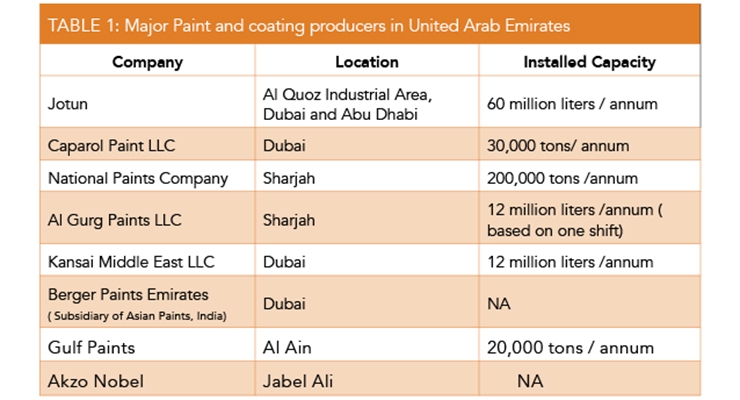Aspects To Think About For Industrial Outside Paint By Season: Essential Info You Should Have
Aspects To Think About For Industrial Outside Paint By Season: Essential Info You Should Have
Blog Article
Authored By-Leach Chaney
When you're planning an industrial external paint job, seasonal elements can make or break your results. You'll want to consider exactly how temperature and moisture effect paint application and drying out times. Choosing the appropriate season can guarantee your paint sticks correctly and lasts much longer. Yet which periods are genuinely the best for this sort of job? Allow's check out the crucial elements that can affect your project's success.
The Influence of Temperature Level on Paint Application
When you're intending a business external painting task, the temperature level can substantially affect exactly how well the paint adheres and dries.
Ideally, you want to repaint when temperature levels vary in between 50 ° F and 85 ° F. If it's also cold, the paint might not treat correctly, resulting in concerns like peeling or cracking.
On the other hand, if it's as well warm, the paint can dry too rapidly, protecting against correct attachment and causing an unequal finish.
click the up coming website page should also consider the moment of day; morning or late afternoon supplies cooler temperatures, which can be a lot more desirable.
Always examine the producer's referrals for the details paint you're making use of, as they often give guidance on the excellent temperature variety for optimum results.
Humidity and Its Result on Drying Times
Temperature level isn't the only ecological aspect that influences your industrial outside paint task; humidity plays a considerable role as well. High moisture degrees can slow down drying out times dramatically, impacting the total high quality of your paint job.
When the air is filled with dampness, the paint takes longer to treat, which can cause concerns like poor attachment and a greater risk of mold development. If you're repainting on a particularly damp day, be prepared for extended wait times between layers.
It's vital to keep an eye on regional weather conditions and strategy accordingly. Preferably, go for professional painters between 40% and 70% for optimum drying.
Keeping these factors in mind guarantees your project stays on track and provides a long lasting surface.
Best Seasons for Commercial Exterior Painting Projects
What's the best season for your industrial external paint projects?
Springtime and early loss are typically your best options. Throughout these periods, temperature levels are light, and humidity degrees are usually reduced, creating perfect conditions for paint application and drying.
Avoid summertime's intense heat, which can cause paint to dry as well promptly, bring about inadequate adhesion and coating. In a similar way, winter's cold temperatures can prevent proper drying out and treating, taking the chance of the long life of your paint work.
Go for days with temperature levels in between 50 ° F and 85 ° F for ideal results. Remember to examine the local weather report for rainfall, as wet conditions can wreck your task.
Planning around how to clean latex paint from brushes ensures your painting task runs efficiently and lasts longer.
Final thought
In conclusion, planning your industrial external painting projects around seasonal considerations can make a considerable difference in the outcome. By organizing job throughout the perfect temperatures and humidity levels, you'll guarantee better adhesion and drying out times. Keep in mind to watch on neighborhood weather report and choose the right time of year-- springtime and very early autumn are your best options. Taking these steps will help you accomplish a long lasting and specialist coating that lasts.
